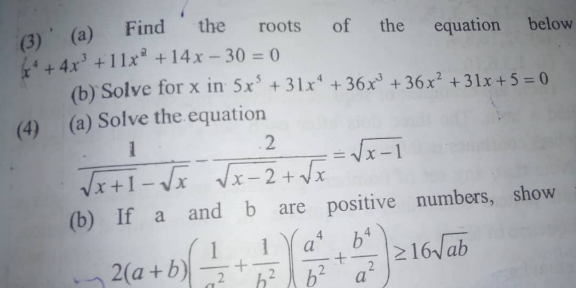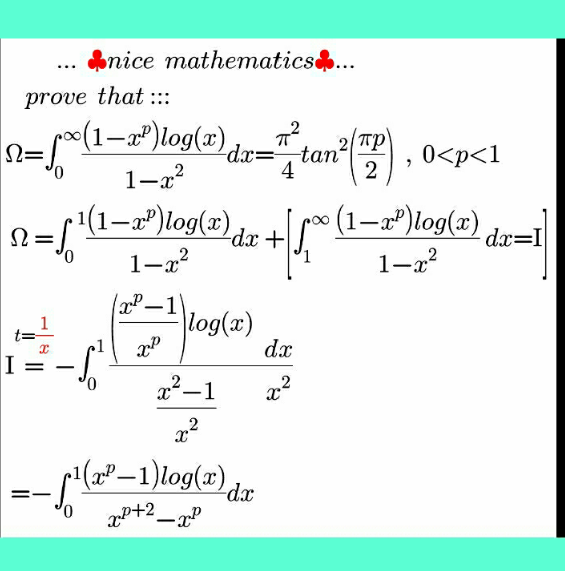
AllQuestion and Answers: Page 1040
Question Number 115629 Answers: 0 Comments: 2

Question Number 115628 Answers: 0 Comments: 0

Question Number 115627 Answers: 0 Comments: 1

Question Number 115621 Answers: 2 Comments: 0
Question Number 115616 Answers: 2 Comments: 0
Question Number 115604 Answers: 6 Comments: 1
Question Number 115597 Answers: 4 Comments: 0

Question Number 115595 Answers: 1 Comments: 0
Question Number 115594 Answers: 1 Comments: 0
Question Number 115592 Answers: 0 Comments: 1

Question Number 115625 Answers: 0 Comments: 1

Question Number 115575 Answers: 3 Comments: 2
Question Number 115564 Answers: 1 Comments: 0

Question Number 115558 Answers: 2 Comments: 2
Question Number 115555 Answers: 3 Comments: 1
Question Number 115551 Answers: 2 Comments: 0
Question Number 115544 Answers: 1 Comments: 1
Question Number 115541 Answers: 3 Comments: 0
Question Number 115539 Answers: 1 Comments: 0
Question Number 115534 Answers: 4 Comments: 1
Question Number 115533 Answers: 0 Comments: 0

Question Number 115531 Answers: 0 Comments: 0

Question Number 115532 Answers: 0 Comments: 0

Question Number 115520 Answers: 1 Comments: 0
Question Number 115516 Answers: 1 Comments: 1
Question Number 115508 Answers: 2 Comments: 0
Pg 1035 Pg 1036 Pg 1037 Pg 1038 Pg 1039 Pg 1040 Pg 1041 Pg 1042 Pg 1043 Pg 1044
